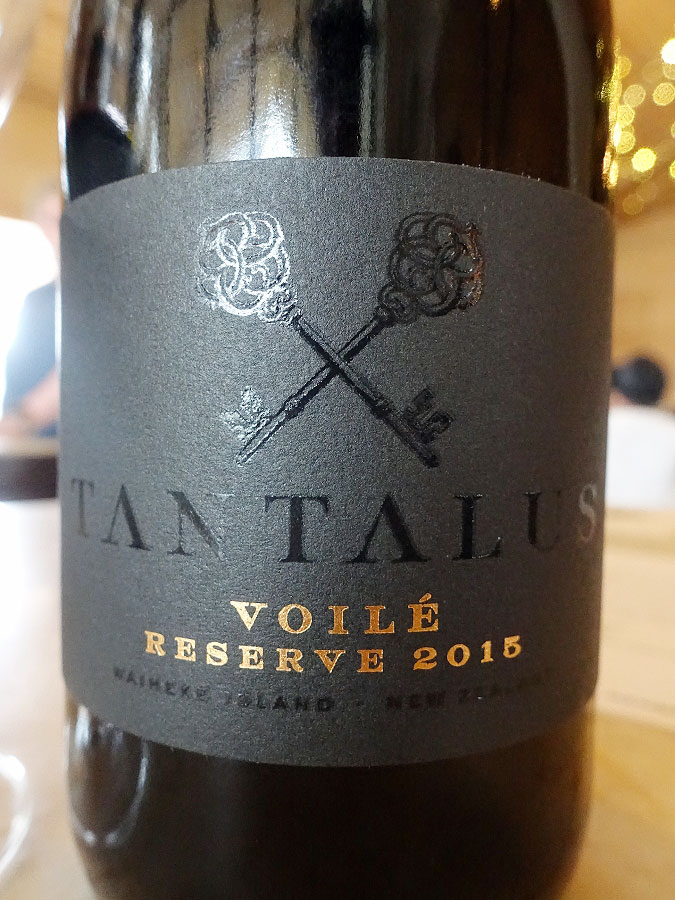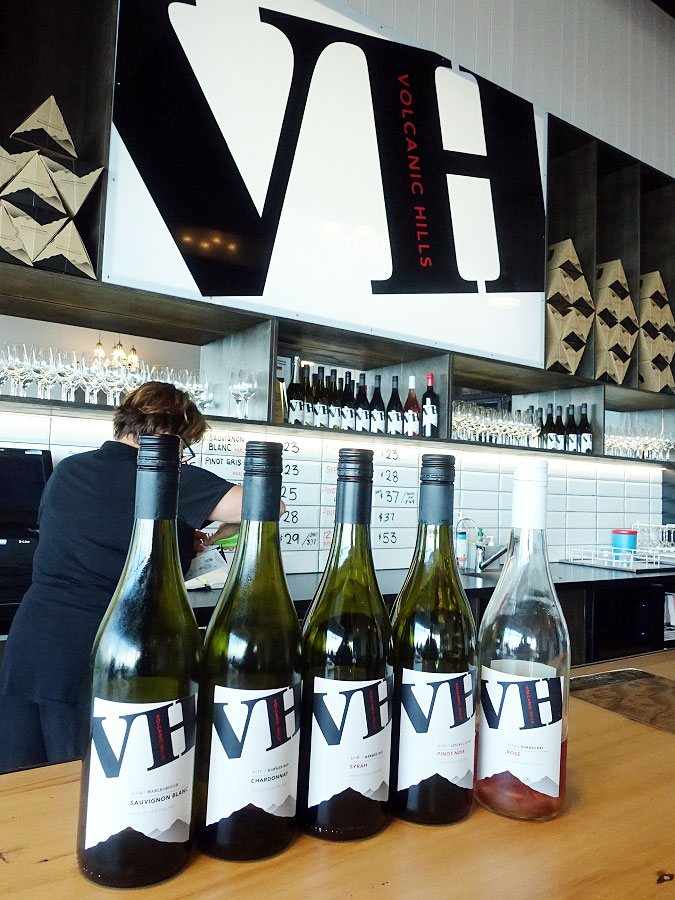The main theme of the February 20, 2021 LCBO VINTAGES Release focuses on French wines, while the mini-theme looks at New World Pinot Noir. All of these wines, plus those from the rest of the release should be on LCBO VINTAGES shelves across Ontario today.
We begin with the main theme that focuses on French wines and where they come from. Since French wines rarely mention the grapes used to make their wines on the label, it is very helpful to know which grapes are grown in which regions. Of the fifteen wines featured, six are included among my top wine picks. We begin in Champagne, where the primary grapes are Pinot Noir and Chardonnay, and the Blanc de Blancs (which means "white of whites) refers to sparkling wines made exclusively with the white wine grapes, namely Chardonnay. Chablis is part of northern Burgundy and known for its fine Chardonnay. The Saint-Véran is also from Burgundy and made with Chardonnay. Southern Rhône is all about Grenache and Syrah, and mostly blends using these two grapes. Three wines from this wine region are included among my wine recommendations - the Côtes du Rhône-Villages is a blend of 70% Grenache and 30% Syrah, while the Cairanne is a 50/50 blend of Grenache and Syrah. Lastly, the Gigondas consists of 70% Grenache, 15% Syrah, and 15% Mourvèdre.
The mini-theme of this release takes a look at New World Pinot Noir. Although Pinot's home is in Burgundy, the grape has found success in the cool-climate New World wine regions of Ontario, Chile, New Zealand, South Africa, California, and Oregon. Eight wines are featured as part of this theme and, while these aren't among the finest examples of cool-climate New World Pinot Noir, there are a couple of wines worth checking out. First up is a sustainable Pinot Noir from Wairarapa, a wine region located on the southeastern corner of the North Island in New Zealand. The second wine is a Pinot Noir from the cool-climate region of Elgin, South Africa, that is nestled among the mountains and only 12 kilometres from the South Atlantic Ocean.
Red wines from the rest of the release includes a lovely Bordeaux red that is a blend of 70% Merlot and 30% Cabernet Sauvignon. There are also a pair of wines from Southern France, both consisting of 40% Grenache, 40% Syrah, and 20% Mourvèdre. Notable single varietal wines includes a fine Malbec from Argentina that is also one of the Wines of the Month, a lovely Carmenère from Chile, and a pleasantly dry Zinfandel from California.
Among my white wine picks, the only blend is from Greece and it consists of 90% Assyrtiko, 5% Athiri, and 5% Aidani. For Riesling wine lovers, there is the off-dry (i.e. slightly sweet) Riesling from Germany, as well as the medium-sweet Riesling from Niagara.
Enjoy my wine recommendations from this release! Santé!
We begin with the main theme that focuses on French wines and where they come from. Since French wines rarely mention the grapes used to make their wines on the label, it is very helpful to know which grapes are grown in which regions. Of the fifteen wines featured, six are included among my top wine picks. We begin in Champagne, where the primary grapes are Pinot Noir and Chardonnay, and the Blanc de Blancs (which means "white of whites) refers to sparkling wines made exclusively with the white wine grapes, namely Chardonnay. Chablis is part of northern Burgundy and known for its fine Chardonnay. The Saint-Véran is also from Burgundy and made with Chardonnay. Southern Rhône is all about Grenache and Syrah, and mostly blends using these two grapes. Three wines from this wine region are included among my wine recommendations - the Côtes du Rhône-Villages is a blend of 70% Grenache and 30% Syrah, while the Cairanne is a 50/50 blend of Grenache and Syrah. Lastly, the Gigondas consists of 70% Grenache, 15% Syrah, and 15% Mourvèdre.
The mini-theme of this release takes a look at New World Pinot Noir. Although Pinot's home is in Burgundy, the grape has found success in the cool-climate New World wine regions of Ontario, Chile, New Zealand, South Africa, California, and Oregon. Eight wines are featured as part of this theme and, while these aren't among the finest examples of cool-climate New World Pinot Noir, there are a couple of wines worth checking out. First up is a sustainable Pinot Noir from Wairarapa, a wine region located on the southeastern corner of the North Island in New Zealand. The second wine is a Pinot Noir from the cool-climate region of Elgin, South Africa, that is nestled among the mountains and only 12 kilometres from the South Atlantic Ocean.
Red wines from the rest of the release includes a lovely Bordeaux red that is a blend of 70% Merlot and 30% Cabernet Sauvignon. There are also a pair of wines from Southern France, both consisting of 40% Grenache, 40% Syrah, and 20% Mourvèdre. Notable single varietal wines includes a fine Malbec from Argentina that is also one of the Wines of the Month, a lovely Carmenère from Chile, and a pleasantly dry Zinfandel from California.
Among my white wine picks, the only blend is from Greece and it consists of 90% Assyrtiko, 5% Athiri, and 5% Aidani. For Riesling wine lovers, there is the off-dry (i.e. slightly sweet) Riesling from Germany, as well as the medium-sweet Riesling from Niagara.
Enjoy my wine recommendations from this release! Santé!
Red Wine:
- VIÑA TARAPACÁ GRAN RESERVA CARMENÈRE 2019 - DO Maipo Valley, Chile (#57513) (XD) - $17.95 89 pts wine review
- CHÂTEAU D'ANGLÈS CLASSIQUE LA CLAPE SYRAH/GRENACHE/MOURVÈDRE 2018 - AC, Midi, France (#286484) (XD) - $18.95
- MATAHIWI ESTATE ME PINOT NOIR 2018 - Sustainable, Wairarapa, North Island, New Zealand (#12606) (XD) - $19.95 88+ pts wine review
- SUTHERLAND PINOT NOIR 2018 - WO Elgin, South Africa (#624924) (XD) - $19.95
- DOMAINE CLAVEL SYRIUS SAINT-GERVAIS CÔTES DU RHÔNE-VILLAGES 2017 - AP, France (#18144) (XD) - $19.95
- TESSELLAE OLD VINES GRENACHE/SYRAH/MOURVÈDRE 2018 - AP Côtes du Roussillon, France (#343517) (XD) - $19.95
- CATENA LUNLUNTA OLD VINES APPELLATION MALBEC 2018 - Mendoza, Argentina (#11769) (XD) - $22.95 91+ pts wine review
- LANGE TWINS OLD VINE ZINFANDEL 2017 - Sustainable, Lodi, California, USA (#575480) (XD) - $24.95
- DOMAINE SAINT-ANDÉOL EXCELLENCE CAIRANNE 2016 - AC, Rhône, France (#464735) (XD) - $25.95
- DOMAINE LE CLOS DES CAZAUX LA TOUR SARRASINE GIGONDAS 2018 - AC, Rhône, France (#18388) (XD) - $32.95
- CHÂTEAU CLARKE 2016 - AC Listrac-Médoc, Bordeaux, France (#503904) (XD) - $54.95 92+ pts wine review
White Wine:
- MODERNIST DRY RIESLING 2019 - Rheinhessen, Germany (#18668) (D) - $16.95 88+ pts wine review
- FLAT ROCK RIESLING 2018 - VQA Twenty Mile Bench, Niagara Escarpment, Ontario, Canada (#43281) (M) - $17.95
- ERADUS SAUVIGNON BLANC 2020 - Awatere Valley, Marlborough, South Island, New Zealand (#225557) (XD) - $19.95
- TERRES SECRÈTES LES PRÉLUDES SAINT-VÉRAN 2018 - AC, Burgundy, France (#16725) (XD) - $21.95
- ATLANTIS DRY WHITE 2019 - PGI Cyclades, Santorini, Greece (#371658) (XD) - $26.95
- WILLIAM FÈVRE CHAMPS ROYAUX CHABLIS 2018 - AC, Burgundy, France (#461640) (XD) - $29.95
- MARCO FELLUGA AMANI FRIULANO 2019 - DOC Collio, Friuli, Italy (#17363) (XD) - $30.95 FE
Sparkling Wine:
- WOLFBERGER BRUT CRÉMANT D'ALSACE - Traditional method, AC, Alsace, France (#460832) (XD) - $19.95
- VOLLEREAUX BRUT BLANC DE BLANCS CHAMPAGNE - AC, France (#629469) (XD) - $52.95
Fortified:
- QUINTA DO GRIFO VINTAGE PORT 2015 - DOP, Portugal (#18362) (S) - $64.95










































